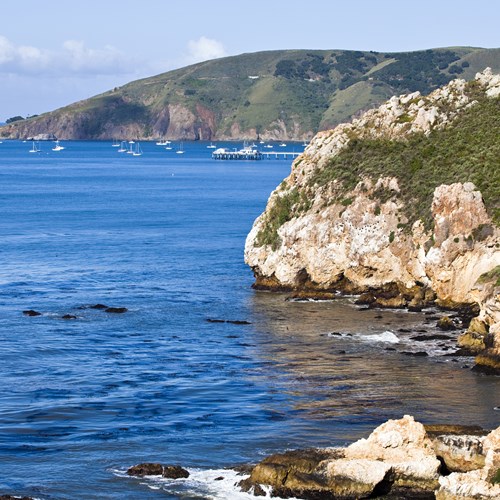
Avila Beach, California, United States
As its own self-contained oasis of relaxation, Avila Beach is California’s whisper of a getaway. Far more calm and smaller than other cities along the coast, Avila Beach is a veritable “resort” town. Visitors are invited to shed their worries at the shoreline and take to the multitude of amenities and entertainment. Dine alongside sunsets, sip on local wines, decompress in the mineral hot springs, and feel rejuvenated with a stay in Avila Beach.
Population:
1,627
Currency:
US Dollar, $1 = 100 cents
Emergency Numbers:
911
Opening Hours:
Most stores are open daily from 9am to 9pm, or later. Most bars and clubs close around 2am.
Newspapers:
The Tribune
Avila Community News
The City

Avila Beach is named after Miguel Avila, who was corporal of the guard at the Mission San Luis Obispo, from which the county's name is derived. In 1842, Avila was granted Rancho San Miguelito, which would later become part of the town of Avila, and in 1848, Avila Beach would become part of the United States when California was ceded from Mexico as a result of the Mexican-American War.
In the late 1800s, Avila Beach was the main shipping port of San Luis Obispo County, but, as time progressed, tourism would become more important to the area. The slow pace of commercial development, its location in California wine country and its warm beaches and natural hot springs bring visitors back to this tranquil coastal town time and time again.
Visitors also enjoy the friendly and diverse group of people that make their home in Avila Beach, whose population is comprised of the descendants of Asian and European immigrants and of the Chumash Native American tribes that were once the area's only inhabitants.
Do & See

Most visitors to Avila Beach spend their time partaking in all of the activities offered by the beach and ocean like hiking, surfing, fishing, and bicycling. Of course, there are other draws to the area, like wine tastings at the local wineries and nearby attractions like Hearst Castle, The Charles Paddock Zoo, and the Central Coast Aquarium.
Dining

The ethnic diversity of the Central Coast can be seen in the variety of flavors that permeate its cuisine. Asian and Mexican restaurants can be found next to traditional American eateries. These all vary from small, casual dining spots to more elegant, upscale locales.
Cafes

In Avila Beach, cafes and coffeehouses focus on the kind of ambiance they provide their patrons. They also serve crave-worthy food and drinks! Central Coast charm pairs with splendid drinks.



